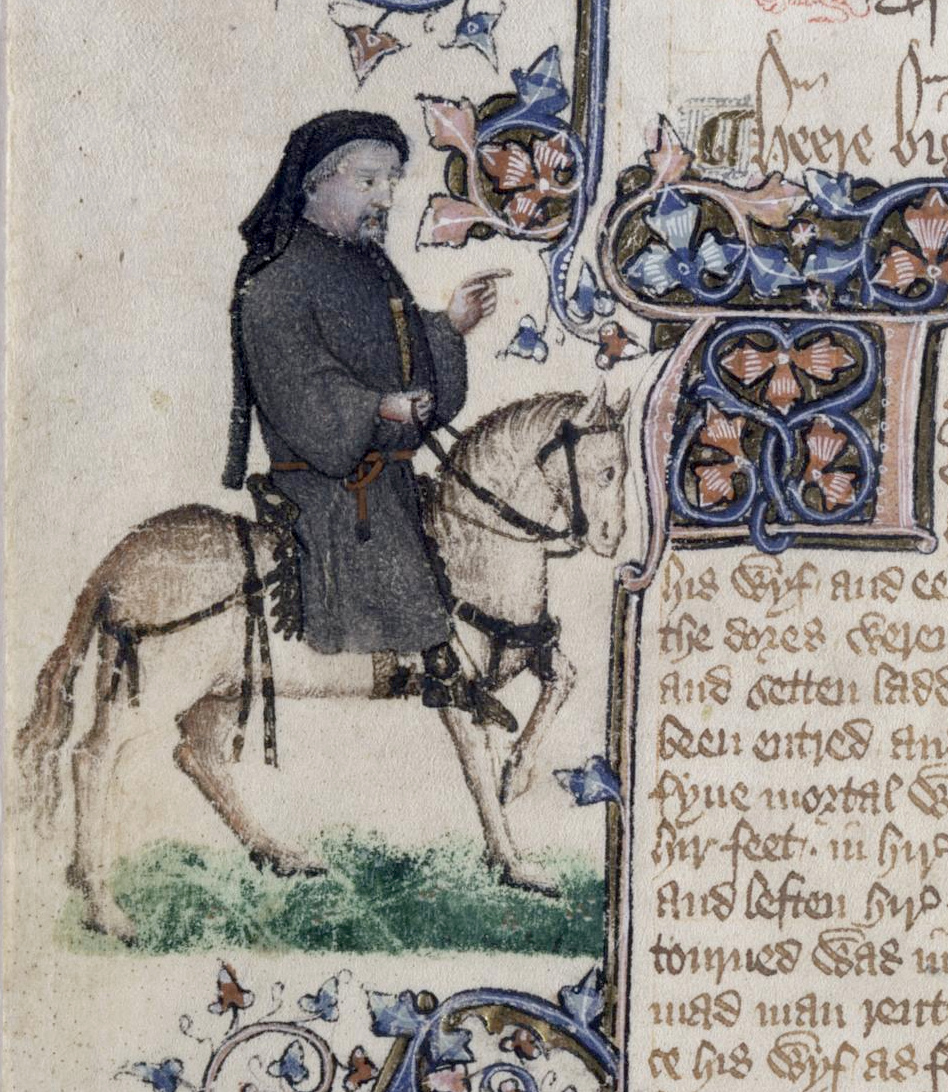Some claim that this story takes place in Norman:
A student was walking across campus in the rain when his
shoe got stuck in the mud. He tried to
pull his foot out of the mud, but his shoe was stuck fast. He couldn’t even get his foot out of the
shoe! Finally, some of his friends came along and helped pull him out, but
there remained a large hole where his foot had been. This hole opened into a dark room
underground.
“Who wants to go on an adventure?”
“I will!” said the student whose foot had been stuck in the
mud. They found a rope which they tied around the student and he was soon
lowered into the hole. Let’s call the
student Kevin.
Once Kevin touched down, he looked around and saw a
door. He tried to open the door, but it
was locked. He turned around, trying to
see if there was anything else in the darkness, but there was not. When he turned back, there was a key in the
lock. He turned the lock and opened the
door to reveal a young man seated at a table.
The small room greatly resembled a dorm room, albeit a very small and
dingy one.

“Who are you?” asked Kevin, but the man was silent.
Three times Kevin asked and on the third, the man said “Turn
around, take out your notebook and I will write who I am inside. When you leave this hole, go to President
Boren and make him read who I am, but Boren alone must read this.”
Kevin turned around, took out his notebook, and handed it to
the man. The man wrote on the notebook, handed it back, and resumed his seat.
While Kevin was an adventurous and courageous student, he
was not made of stone. He was terrified
and wanted to know who this man was and why he would not just tell him. He looked like a student, but Kevin couldn’t
be sure. “How long have you been here?” Kevin asked in a quavering voice.
The man did not respond and Kevin soon grew tired of the
dingy place. He returned to the whole
and was pulled up.
“What was down there? Was there anything good?” they all
shouted as he reached the surface.
“There wasn’t anything down there. I need to go see President Boren to tell him
about the hole. He needs to know,” Kevin
replied.

As soon as he arrived, Boren’s secretary escorted Kevin into
the office. When they were alone, Kevin
told President Boren what had happened.
Kevin told him of the hole, the door, the man, everything. Then he took out his notebook and said to
him, “Read, Mr. President!”
Mr. Boren read “I AM PLAGION!”
As he declared these words, the poor student became a
statue.
“Damn it, not another one,” Mr. Boren muttered. “Louise, I have another statue for the campus!
We need to find a free space!”
And it is said that that man was Plagion, who was condemned
to stay in a dorm room, always reading the essay that he had plagiarized in
English, never taking his eyes from the paper.
This is the story of Plagion, who is neither graduated nor
student.
Author’s Note:
I chose to rewrite the story An Incident in Rome. I kept
close to the original story, although the original had a little more
significance. The original is the story
of Pilate, who believed that Jesus Christ was innocent but acquiesced to the
public's will.
I made the student’s name Kevin because one of the members
on my group project was being incredibly annoying as I tried to work on this
before class. He’s a great guy, he was
just hyper, so I thought that it would be hilarious if this happened to him… at
least the shoe part.
Plagion is the root word for plagiarism. It was a Greek word, which translates to the
Latin word for a kidnapping. I thought
that it was appropriate and was the only thing that I could come up with that
would link it to what the student had done wrong.
I also wanted to inject a little humor in the story, which is why I added the little quip from President Boren. It explains all the statues on campus too!
“An Incident in Rome” from Italian Popular Tales by Thomas
Frederick Crane (1885). Source: Mythology and Folklore UN-Textbook.
Image Source: University of Oklahoma. Source: Wikipedia. Dorm Room. Source: Wikipedia. President Boren. Source: Wikimedia Commons







